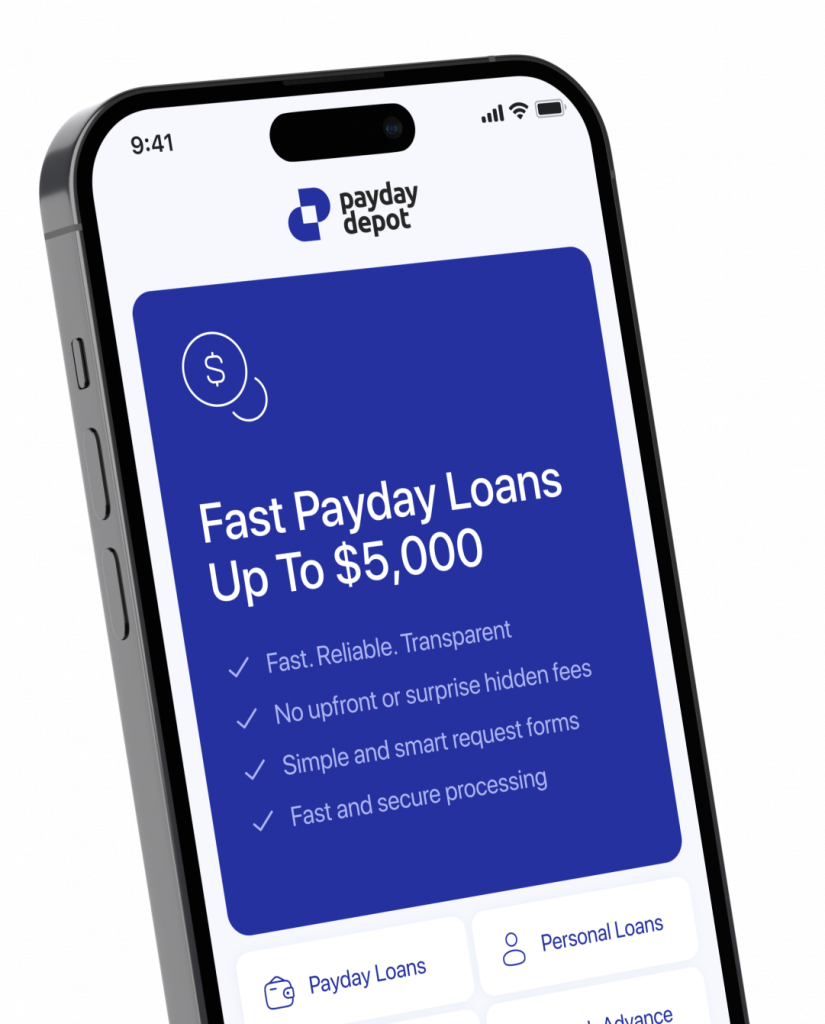Single Payment Loan
Each loan has a maturity date, i.e. a specific day, month, and year when the borrower must fully repay it. An installment loan allows you to repay the entire loan amount in installments, the size of which is determined when drawing up a repayment plan together with the lender. In contrast, a single-payment loan is paid in one lump sum on the day the loan matures. The amount that the debtor returns to the creditor includes the principal of the loan and interest on it, as well as possible additional fees.
When Should You Use a Single Payment Loan?
Each loan has advantages and disadvantages that you should consider when choosing one. A single-payment loan will be optimal if the following conditions are met:
- You borrow the amount that you can repay on the loan maturity date. As a rule, a single-payment loan is small, but if you are sure you will receive the required large amount by the debt repayment date, you can ask the lender for a large loan.
- You have a reliable source of income, which gives you confidence that all loan terms will be met. This type of loan has little flexibility. So, if there is no money at the time of debt repayment, you will have to take out an additional loan.
When to Consider Another Loan Option
A single-payment loan is the best option when you need to financially cover a problem. For example, this could be an urgent repair of a car or equipment, a visit to the doctor, etc. This type of loan has higher interest rates, so if your additional expenses are not urgent, it is better to choose an installment loan.
If you need a large sum of money, you may not have time to save it by the time the loan is repaid. Therefore, in such cases, it is also better to take out a loan that can be repaid in installments.
The Overall Amount of Payback for a Single-payment Loan
One of the advantages of a single-payment loan is that the borrower always has a clear idea of how much they must repay to the lender. Repaying the debt in installments while calculating interest on the balance of the principal is more difficult to understand and does not always give a clear picture of the loan’s costs. In the case of a single-payment loan, you know from the beginning how much this loan will cost you. You can compare terms from different lenders and choose the best ones.
As a rule, each of them has a loan payment calculator on their website, which will show you the overall amount of payback. Thus, to find more favorable conditions, you don’t even have to contact the lender. Calculate the options, choose the best one, and apply to the lender.
